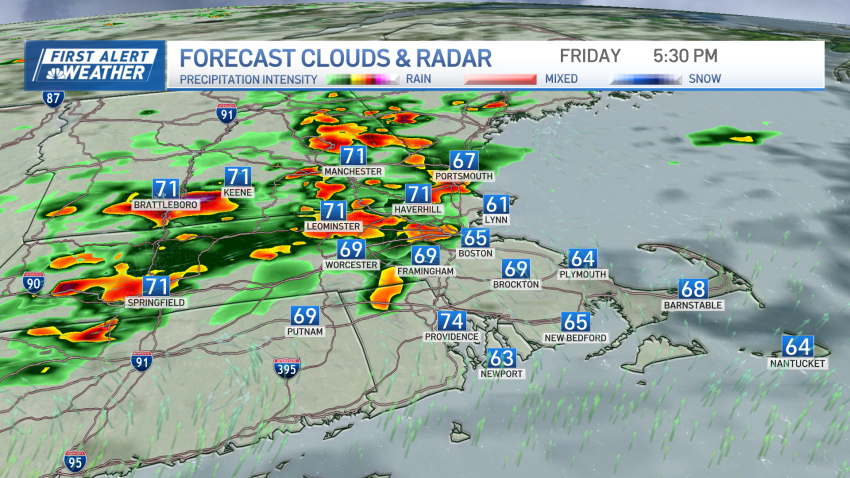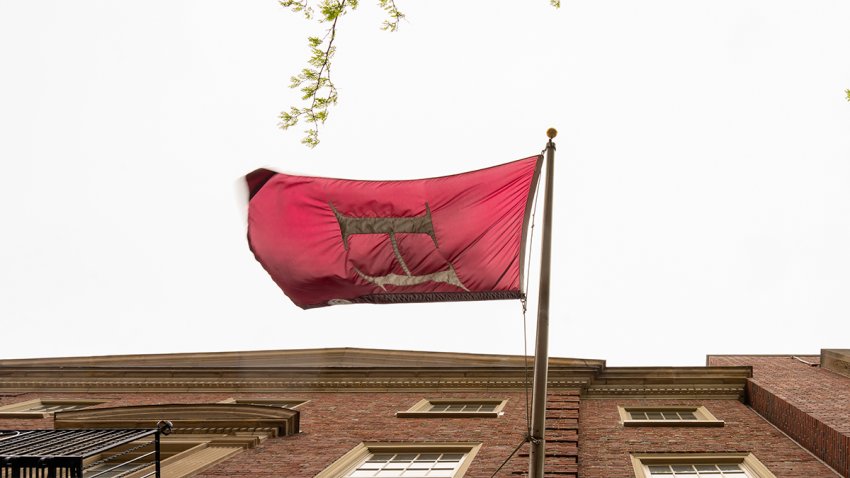
Tracking hot weather with a side of thunderstorms and humidity
We’re feeling summerlike with heat, humidity and a chance of thunderstorms.

We’re feeling summerlike with heat, humidity and a chance of thunderstorms.

New head coach Marco Sturm has the ability to help the Bruins improve in two critical areas that need major fixing.

The Boston Bruins have completed their search and longtime forward Marco Sturm is the franchise’s new head coach.

A family from Chelsea, Massachusetts, has filed a federal complaint over their treatment by U.S. Customs and Immigration Enforcement agents during an arrest on Mother’s Day.


President Donald Trump is preventing foreigners from entering the United States to study at Harvard University, according to an executive order announced Wednesday night.

Marcelo Gomes Da Silva, an 18-year-old Milford High School student, is set for release from ICE custody after being detained last weekend.

Thursday is expected to be the hottest day of the year so far with temperatures in the 90s for many.

Point-of-sale loans allow consumers to make installment payments, but the drawbacks can be costly.

Pride Month events in Boston continue to show support to the LGBTQ+ community, but there has been a backslide in corporate sponsors for other events across the country due, in part, to political pressure.

Sports Illustrated’s Chris Mannix and Yahoo Sports’ Kevin O’Connor explain why the Celtics should avoid trading Kristaps Porzingis this summer if possible.

As images of masked immigration agents in plainclothes are scrutinized by the public, we looked into what federal agents have to display.

President Donald Trump is preventing foreigners from entering the United States to study at Harvard University, according to an executive order announced Wednesday night.